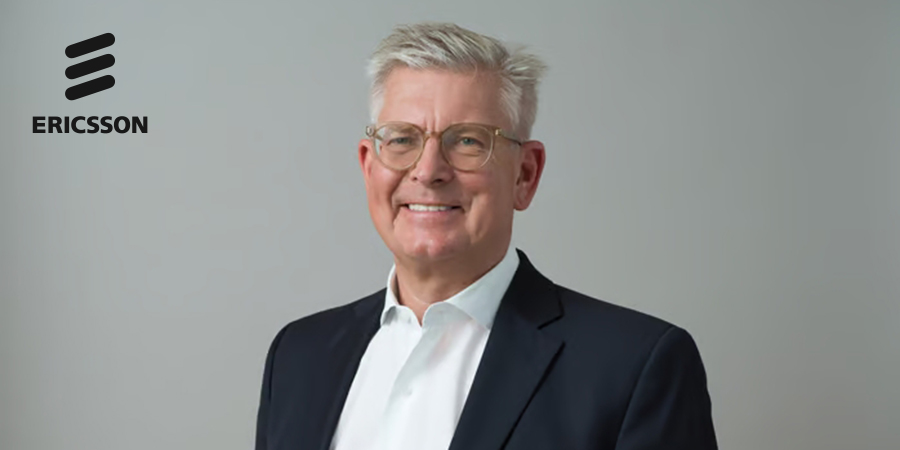During his opening speech at MWC 2024, Börje Ekholm, President and CEO at Ericsson, said Ericsson’s ambition is to put the relevance of the network at the center of digitalization.
“In the five-to-ten coming years, we see some acceleration of some major trends,” he said. “Think about the energy transition and think about how we will deliver health care services in the future or government services. We will automate industries in a very different way.”
Also Read: Ericsson PCEO on 2023 Results: Improving Performance, Focusing on Profitability
Merging the Physical and Digital Realms
Ekholm stated that this development will give rise to new demanding use cases that merge the physical and digital realms in real-time. Examples include digital twins and the safe navigation of drones, even when they are out of line-of-sight.
“What we see here is a convergence of trends,” he said. “We see the AI, we see the Cloud, and we see mobility converging. And as I see it, mobile connectivity will actually be the critical underpinning to scale Cloud and AI very fast. This will put demand on the networks. It will require ubiquitous coverage, high performance, flexible and programable networks.”
“That’s a new era we’re entering, where 5G plays a big role because 5G has new features like speed, latency, quality of service, location… All of that will actually be used for enterprise digitalization. I think this is exciting,” he added.
From Horizontal to Cloud-Based Network Architectures
Commenting on open and cloud-based networks, Ekholm said the industry is shifting to a horizontal, cloud-based network architecture.
“The way I think about it, is like the network will become a Cloud that not only offers Cloud economics, but also Cloud agility when you provide new services. Of course, in this world, we will also see vendor diversity in horizontal layers or across the layers.”
Ekholm noted that the journey towards Cloud-based programmable networks will vary depending on the customer's initial setup and their priorities.
“The important thing here is: we will support our customers, whether they go through a vertical integrated stack or go directly to a horizontal architecture. We will invest in both the vertical stack as well as the horizontal architecture to make sure that we can offer the best hardware and software solutions.”
Ekholm emphjasized that Ericsson is already on this journey, with more than a million radios installed that are hardware-prepared for openness.
The Importance of APIs
In addition to mobile network infrastructure, Ekholm addressed the importance of Application Programming Interfaces (APIs) for accelerating innovation and growth in the future.
"The consumer really digitalized on top of the 4G network,” he said. “We created an app ecosystem. But in reality, that was a best-effort network. As we now enter enterprise digitalization, I don't think best-effort connectivity will be good enough, and that's where 5G comes in.”
Ekholm said that 5G features and capabilities such as speed and latency are well-suited to create the type of differentiated network experience needed to digitalize enterprises and harness innovation.
“I think it's not only the capabilities that are needed; it’s also how we expose them and how we make them available to the user of the network,” he said. “And this is really where the APIs come in. Network APIs are a way to allow the mobile networks and the applications to talk to each other in a standardized way. And by exposing and monetizing those network APIs, we can also create a new monetization model for the CSPs. But we also create a new, exciting way to create new applications, leveraging the capabilities of the network.”
Ekholm added that developers will be the entrepreneurs and the innovators who create new types of applications that can only be delivered through the network.
